Let’s just admit it – we live in an age in which our access to wine has spoiled us. In the U.S. especially, we have access to wine almost 24 hours a day depending on your location. Wine can be found in restaurants, bars, mega retail liquor store chains, mom & pop stores, national big box stores, drugstores, airplanes, and gas stations. We are exposed to it on multiple media platforms every day. Wine is a commodity. And don’t get me wrong, we’re very fortunate to live in a country that can support such consumerism. Unfortunately, it comes with a catch that most consumers don’t fully appreciate: wine is finite.
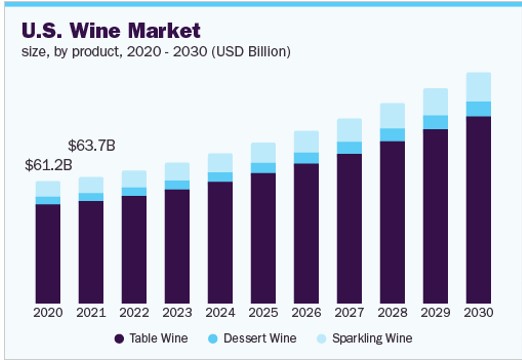
There, I’ve said it. As wine consumers we have been conditioned to believe that there is an endless supply of wine. And we often aren’t confronted with the fallacy of this belief until we ask for a wine on a restaurant wine list or stop at our favorite wine shop to grab a bottle of our favorite wine only to be told “I’m sorry, we’re out of that wine & we can’t get it anymore.” We presume it is always there until it isn’t. How did we get here?
The current success of wine production in the U.S. was built on the efforts of those in the industry that came before, some small producers & many large wineries. High-volume pioneers like the popular Gallo and Mondavi families paved the way for others who followed them into creating successful wine brands that collectively sell millions of cases every year. (And when you throw our access to wine imports into the mix the case numbers skyrocket!) It is easy to see how most consumers could readily believe that most wineries produce a massive number of cases of wine, but it just isn’t so. Even the Gallos and the Mondavis started small.
The majority of wineries in the U.S. are not producing hundreds of thousands of cases. Most are producing a few thousand and some only a few hundred cases. Some of this is due to vineyard locations, grapes grown, properties owned and the purposeful intent of many wineries to remain small. Due to the vagaries of weather, blight, forest fires, the stock market or wine trends/fads, some years are good, some are bad. Every vintage is different, and production varies.
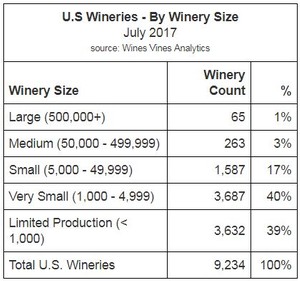
With all this ready wine access it is easy to forget the human element in winemaking. We often, rightfully, give the “winemaker’ exalted status for their skill and technique without fully comprehending the life choices & lifestyle that got them there.
While outwardly glamorous, the reality of making wine is anything but that. Winemakers are farmers whose crop happens to be grapes. And, as with any farmer, they are primarily driven by a passion for what they do. They eat, sleep, drink, cry, fear, rejoice, sweat, bleed, and pray for their crop. They live with it 24/7. It is what gives them purpose and supports their families and the families of all the workers who work in the vineyards with them. These winemaker farmers toil relentlessly to care for and cajole their crops into the best grapes they can to make the best wine they can. For themselves, for sure, but ultimately for us the consumers.
So, the next time you enjoy a bottle of your favorite wine pause for a moment to think about who made it, the sacrifices, and the successes they experienced to make it and the contribution you’re making to the wonder that is winemaking. Creating magic in a bottle is a beautiful trick winemakers do every day. Enjoy the fruits of their labors and raise a toast to them!


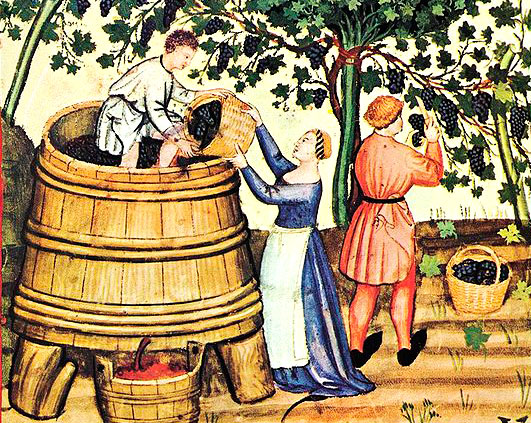

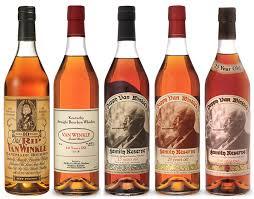





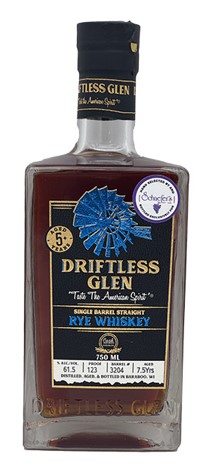

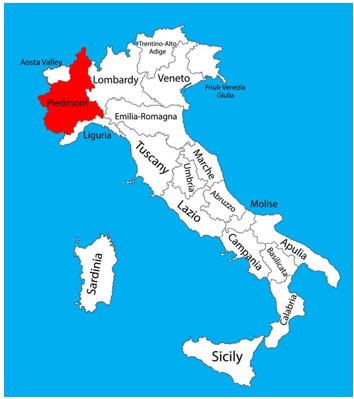
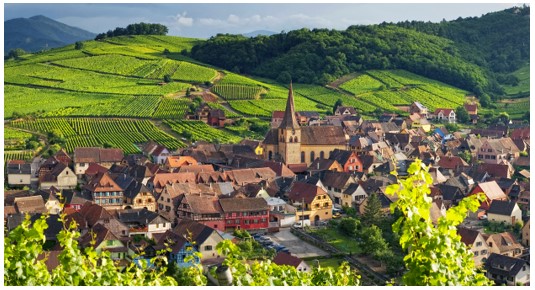
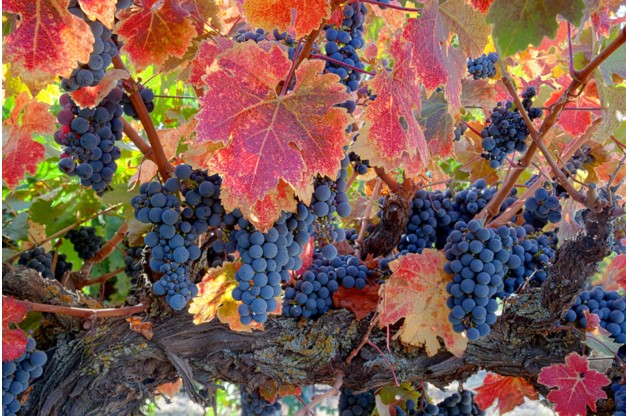
Comments